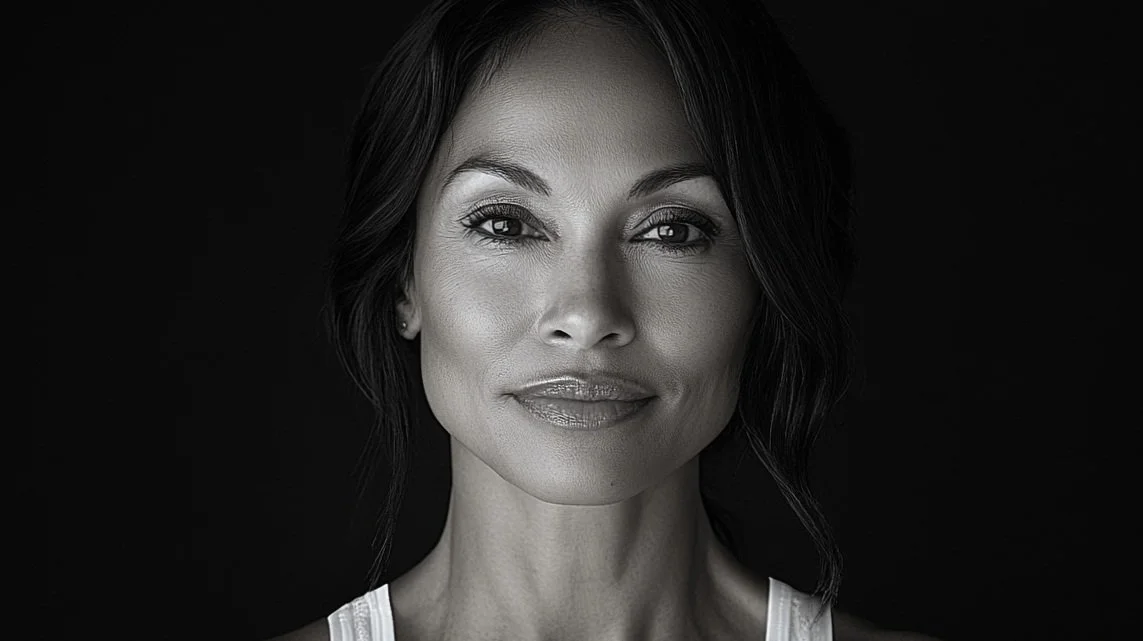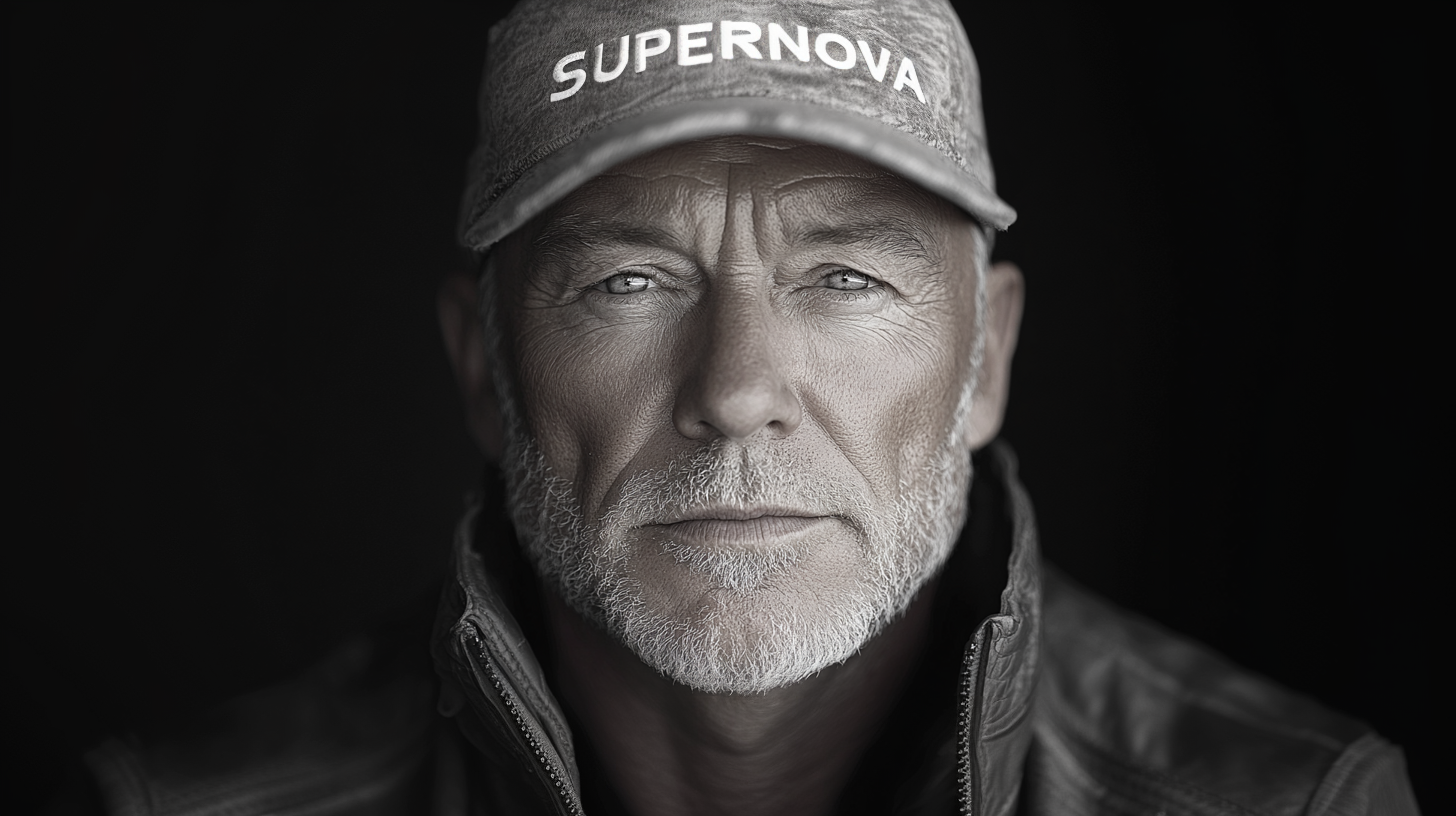
It’s a movement.
What if it’s about showing up, falling, and finding the strength to keep going?
Inspired by Camus’ The Myth of Sisyphus, Better is a new musical that explores the struggle for meaning through the lens of a triathlon in New York City. Athletes from all walks of life push their limits—not just against the race, but against themselves.
This is more than a competition. It’s a test of resilience, of belief, of how we keep moving forward when everything tells us to stop.
It’s about showing up again, and again, and again.
The athletes.
The music.
The music of Better moves like the race itself—tense, unpredictable, and relentless. It begins in quiet hesitation, in the fragile intimacy of Love is a Feeling, where Mary and Victor collide in a moment neither fully understands. It deepens into Silence, where Victor, broken and lost, finally faces the pain he spent a lifetime outrunning. And it rises into Better, Victoria’s battle cry, a challenge to the world to stop accepting what is and start fighting for what could be.
The course.
The race begins in Luna Park, where the neon lights of a faded amusement park flicker against the dark sky. Athletes plunge into the Atlantic at Brighton Beach, fighting the tide before emerging onto the boardwalk, shedding their past like a second skin.
From there, the bike course stretches across bridges, cemeteries, and storm-lashed highways, winding through the heart of the city to the shadow of the World Trade Center. From there, they run past the ghosts of history and the unrealized plans of a city that was never built, chasing something more than a finish line.
This is not just a test of speed. It’s a confrontation with the past, the body, and the will to keep moving forward.
Swim Course
The race begins in the cold, pre-dawn waters of the Atlantic. Athletes wade into the surf at Brighton Beach, the skyline of Luna Park glowing faintly behind them. The ocean is dark, restless, indifferent to their nerves. At the cannon shot, they plunge forward, their bodies breaking the surface, arms slicing through the waves. The tide pulls hard, threatening to drag them off course. Some fight it. Some surrender, letting the water carry them until they can no longer tell if they are moving forward or simply being moved. Buoy by buoy, they push ahead, swallowing salt, gasping for breath, searching for rhythm in the chaos. For many, this is the moment of doubt—the place where the mind whispers, Turn back. But the shore is behind them now. The only way out is through.
Bike Course
The ride out of Luna Park is fast, smooth, deceptively effortless—until they hit the Verrazano Bridge, its massive incline pulling at their legs as the morning wind cuts across the steel. From there, it’s a sprint through Staten Island’s industrial corridors, passing through Bloomfield Park before looping back toward the city. They surge through Brooklyn’s forgotten avenues, past the ghosts of abandoned projects, into the Cemetery Belt, where the skyline gives way to endless rows of the dead. The pavement fractures as they hit the Cross Bronx Expressway, potholes opening like wounds beneath their wheels. By the time they reach Van Cortlandt Park, they are riding on empty, pushing toward the West Side Highway, chasing the last stretch of daylight as they descend into the shadow of the World Trade Center.
Run Course
The body breaks first, then the mind. The marathon begins in the Financial District, where the streets are tight, the echoes of footfalls bouncing between glass towers. Runners thread their way north, through the grid of Union Square, where the crowds grow denser, the noise swelling, time slipping. By the time they reach Times Square, reality distorts. The neon billboards flicker, the city bends. Runners loop through the same stretch twice—once on the way up, once on the way back—as if trapped inside a world that refuses to move forward. But the clock does not stop. The finish line waits in Central Park, waiting to see who will cross it.








